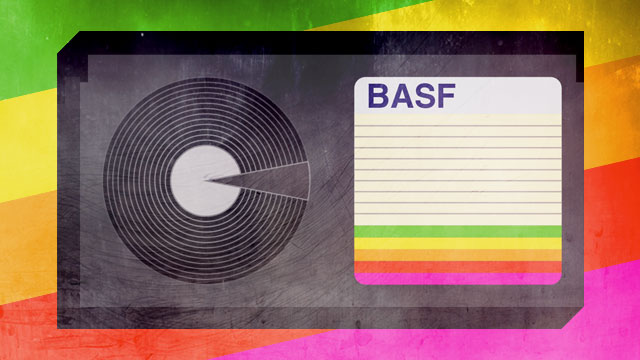
In the spring of 1978, the program guide published by a Los Angeles public television station contained more than just schedules; it told viewers when they could watch its programs—and what they were allowed to do with those programs.
Some programs, the guide showed, could be taped without restriction. For others, viewers could record as long as they followed certain restrictions, such as deleting the recording within seven days. Still other programs shouldn’t be recorded at all, since the copyright holders objected to such recording.
In all, out of the 107 television programs that would be broadcast on Channel 58 that season, 62 of them authorized some home taping. Only 21 of them—about 20 percent—allowed “unrestricted” home taping.
Videotape recording machines belonged to a relatively small number of households back then, and it’s unlikely that many of them paid close attention to such complex rules about what they could tape and how long they could keep it. The Channel 58 guide was reflective of the limbo-state in which home recording machines found themselves, however. After being on the market two years by that point, it still wasn’t clear whether video tape recorders (or VTRs, as they were then called) were actually legal. Indeed, movie studios argued that they were not.
In 1976, shortly after its Betamax machine hit the market, Sony Corporation had been sued by the studios, which said that home taping was illegal. They hoped to force Sony to pay a royalty for each device and cassette sold or to withdraw from the market. Sony fought back, saying that many forms of home recording were absolutely legal and that, in any event, it couldn’t be held responsible for what its customers did with its machines.
via ars technica
Image: Aurich Lawson





As a teenager, I remember this revolution. It came almost at the same time when cable was getting popular and video stores could charge an arm & leg for a membership.
By having the video store membership and cable TV, being able to record shows while away was a breakthrough. It forced network and cable TV to rethink their programming ideas – which helped contribute to better programming.
Beta was clearly provided a better picture and a clearer recording.
When this ruling was made, our question was, “How can they track and control what anyone recorded?” The answer was – it was impossible.